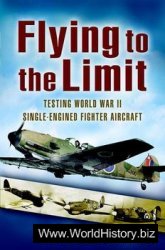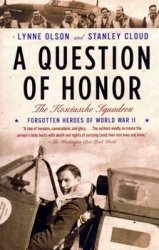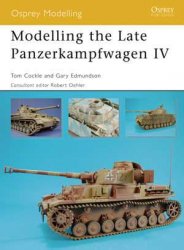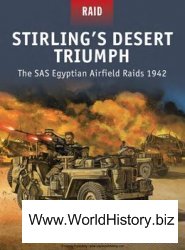Military insignia, colorful uniforms, and band music have all encouraged civilians to think of armies as a collection of regiments. Soldiers, however, think in terms of battalions. It is the battalion that is the soldier’s home, and men of other battalions are as strangers to him. But for generals, armies are composed of divisions.
A division is, by tradition, the smallest unit in which infantry, artillery, and cavalry (later tanks) combined with supporting services under one commander and were capable of fighting independently. Such a division was called a “general command” and the commander came to be called a “general.”
It was division headquarters that organized transport, rations, maintenance, ammunition supply, medical care, religious services, hygiene and sanitation, and which provided the soldiers’ pay. In addition, the division arranged for police and, if necessary, legal services, graves registration units, and mobile cinemas. Sometimes it had specially trained military government officers to administer captured territory (with all necessary paperwork including ration cards) and men with expertise concerning gas, water, and electricity supply.
A panzer division was more complicated than any other sort of division and far more versatile. The mixed nature of the panzer division extended down into the units within it. The parts of a division were to some extent self-contained and could be reassembled and tailored to the requirements of the battle. Such formations were called “battle groups” and the components were said to have “plug-in capability.”
A typical battle group (used by 5.Pz. Div at this time) consisted of a rifle regiment combined with a panzer regiment, together with engineers, signals, and an artillery battalion. In this division. Rifle Regiment No. 13 was almost always chosen for use in this way since it was equipped with armored half-track vehicles and so could be committed along with the tanks. The signals battalion also had very scarce armored half-tracks. Reconnaissance units were never detached to battle groups but always remained under the direct control of divisional headquarters.
Yet an armored division was too large to be positioned easily for a surprise attack. Not only could it comprise over 3,000 motor vehicles (including the supply column), but it also had almost as many men as an infantry division (14,000 compared to 17,000).
A troop train might have little significance in an enemy intelligence report, but what secret agent could miss an armored division’s tanks? One armored division transported by railway required no less than eighty trains to move it, each train with up to fifty-five wagons. This gigantic movement occupied the full capacity of a railway for four whole days and nights.
Moving an armored division by road, however, was an even more conspicuous exercise. How could a moving column of vehicles that occupied nearly 70 miles of road space and crawled along at about 2.5 miles an hour be kept hidden? (Such is the textbook calculation for perfect weather in good terrain without enemy action of any kind.) It is easy to imagine the sensation in town and village as this endless parade moved through. And what of its vulnerability to air reconnaissance and to bombers?
Even in unopposed movement, there would be wear and tear on the vehicles and most especially on the tank tracks. Tank tracks would inflict considerable damage upon the road surface too. This often caused trouble for transport following the tanks, since few German trucks had four-wheel drive. The tank was not a reliable machine, and each division needed three mobile workshops, two with 12-ton repair vehicles and one with 24-ton repair vehicles.
There were now ten panzer divisions.33 The cavalry’s light divisions proved unsatisfactory in Poland. Too unwieldy for reconnaissance and too weak for the assault, they were now converted to panzer divisions. But it was easier to change the name on paper than to find the extra tanks needed. As a stopgap measure, Czechoslovak tanks were used, but still these modified divisions were for the most part understrength.




 World History
World History









